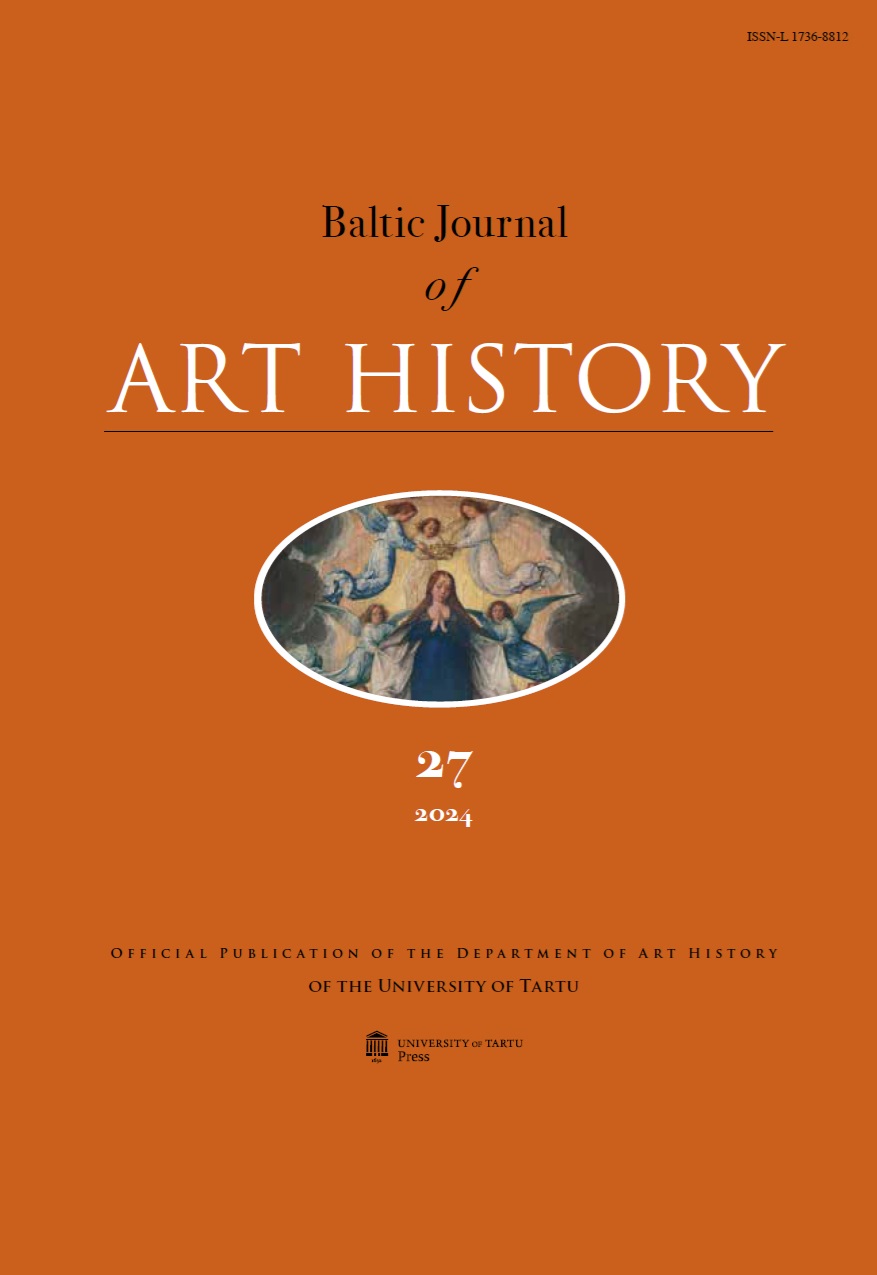Late Gothic Bookbinding in Tallinn
DOI:
https://doi.org/10.12697/BJAH.2024.27.03Keywords:
Gothic bookbinding, blind tooling, Dominicans, medieval TallinnAbstract
The central issue of this study is establishing the corpus of late
Gothic bookbindings produced in Tallinn by a few consecutive and
interrelated binders in the late fifteenth and early sixteenth centuries.
The survey of decorative tools and bookbinding designs allows the
attribution of twenty-eight currently known surviving bindings to
these binders. The designs of the tools used in Tallinn’s workshop
reveal the northern German, primarily Lübeck area, connections
of the earlier generation of late Gothic binders in Tallinn. In the
second phase, more diversified tooling appears that could hint at the
import of tools from different areas or production of the tools locally,
imitating the stamps on imported bindings of various origins. The
style and techniques of both stages remain conservative, preserving
the medieval symbolic and decorative imagery. Since most of the
surviving bindings have been preserved in Tallinn, and many
originate from the Dominican friary, it is reasonable to conclude that
the bindery was also closely connected to the friary. The Dominican
manuscript waste reused in the bindings adds corroboration to this
assumption.

